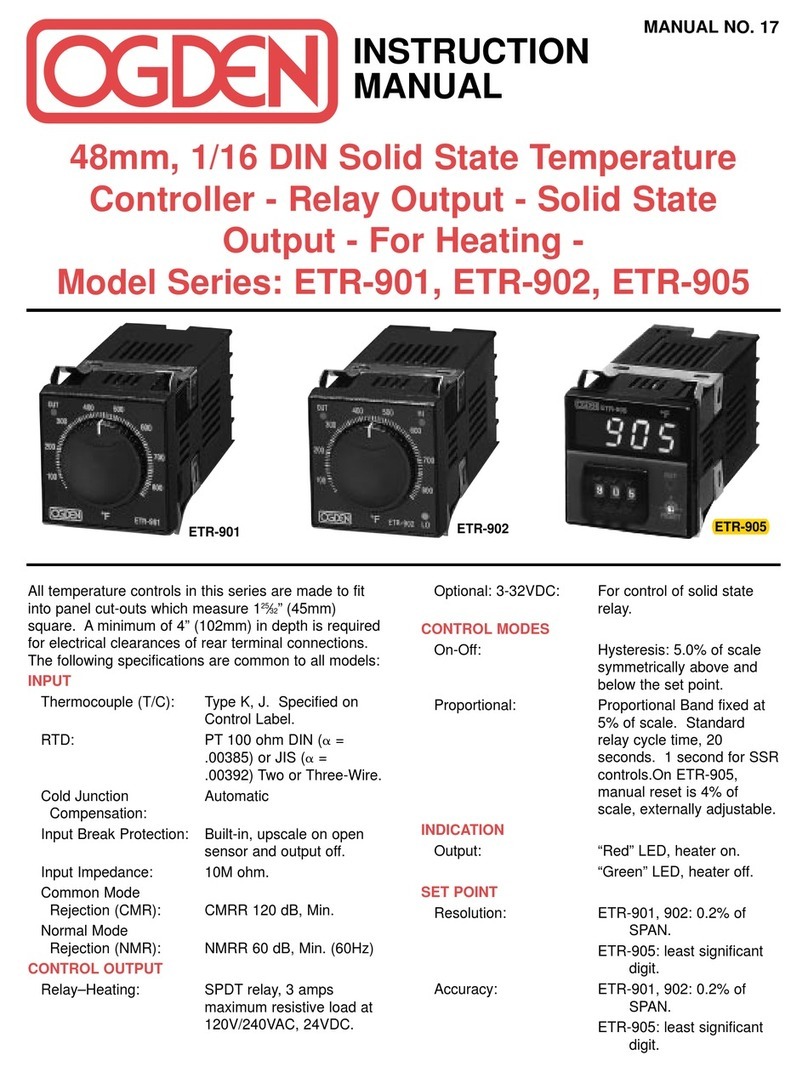
Contents
Chapter 1 Overview
Page No
Chapter 2 Installation
Chapter 3 Programming
Chapter 4 Applications
3
1-1 General Description ............................................................................................................................................4
1-2 Ordering Code ....................................................................................................................................................6
1-3 Programming Port................................................................................................................................................7
1-4 Keys and Displays ...............................................................................................................................................7
1-5 Menu Overview ...................................................................................................................................................9
1-6 Parameter Descriptions .....................................................................................................................................10
2-1 Unpacking ........................................................................................................................................................13
2-2 Mounting ..........................................................................................................................................................13
2-3 Wiring precautions ............................................................................................................................................14
2-4 Power Wiring ....................................................................................................................................................15
2-5 Sensor Installation Guidlines...............................................................................................................................15
2-6 Sensor Input Wiring ..........................................................................................................................................15
2-7 Control Output Wiring .......................................................................................................................................16
2-8 Alarm Wiring .....................................................................................................................................................17
2-9 Data Communication ........................................................................................................................................18
3-1 Lockout .............................................................................................................................................................19
3-2 Signal Input ........................................................................................................................................................19
3-3 Control Outputs .................................................................................................................................................20
3-4 Alarm ................................................................................................................................................................22
3-5 Display Configuration..........................................................................................................................................23
3-6 Ramp ................................................................................................................................................................23
3-7 Dwell Timer .......................................................................................................................................................24
3-8 PV Shift .............................................................................................................................................................24
3-9 Digital Filter ........................................................................................................................................................25
3-10 Failure Transfer ..................................................................................................................................................25
3-11 Auto-tuning .......................................................................................................................................................26
3-12 Manual tuning ....................................................................................................................................................27
3-13 Manual Control ..................................................................................................................................................28
3-14 Data communication .........................................................................................................................................28
3-15 PV Retransmission.............................................................................................................................................28
Appendix
A-1 Error Codes ......................................................................................................................................................48
A-2 Warranty ............................................................................................................................................................48
4-1 Heat Only Control with Dwell Timer ...................................................................................................................29
4-2 Cool Only Control ..............................................................................................................................................30
4-3 Heat-Cool Control .............................................................................................................................................31
Chapter 5 Calibration .............................................................................................................................32Chapter 5 Calibration
Chapter 6 Specifications ........................................................................................................................35Chapter 6 Specifications
Chapter 7 Modbus Communications
7-1 Functions Supported .........................................................................................................................................39
7-2 Exception Responses .......................................................................................................................................40
7-3 Parameter Table ................................................................................................................................................41
7-4 Data Conversion ...............................................................................................................................................45
7-5 Communication Examples .................................................................................................................................45




























